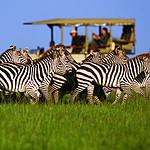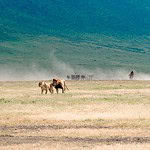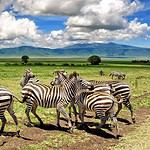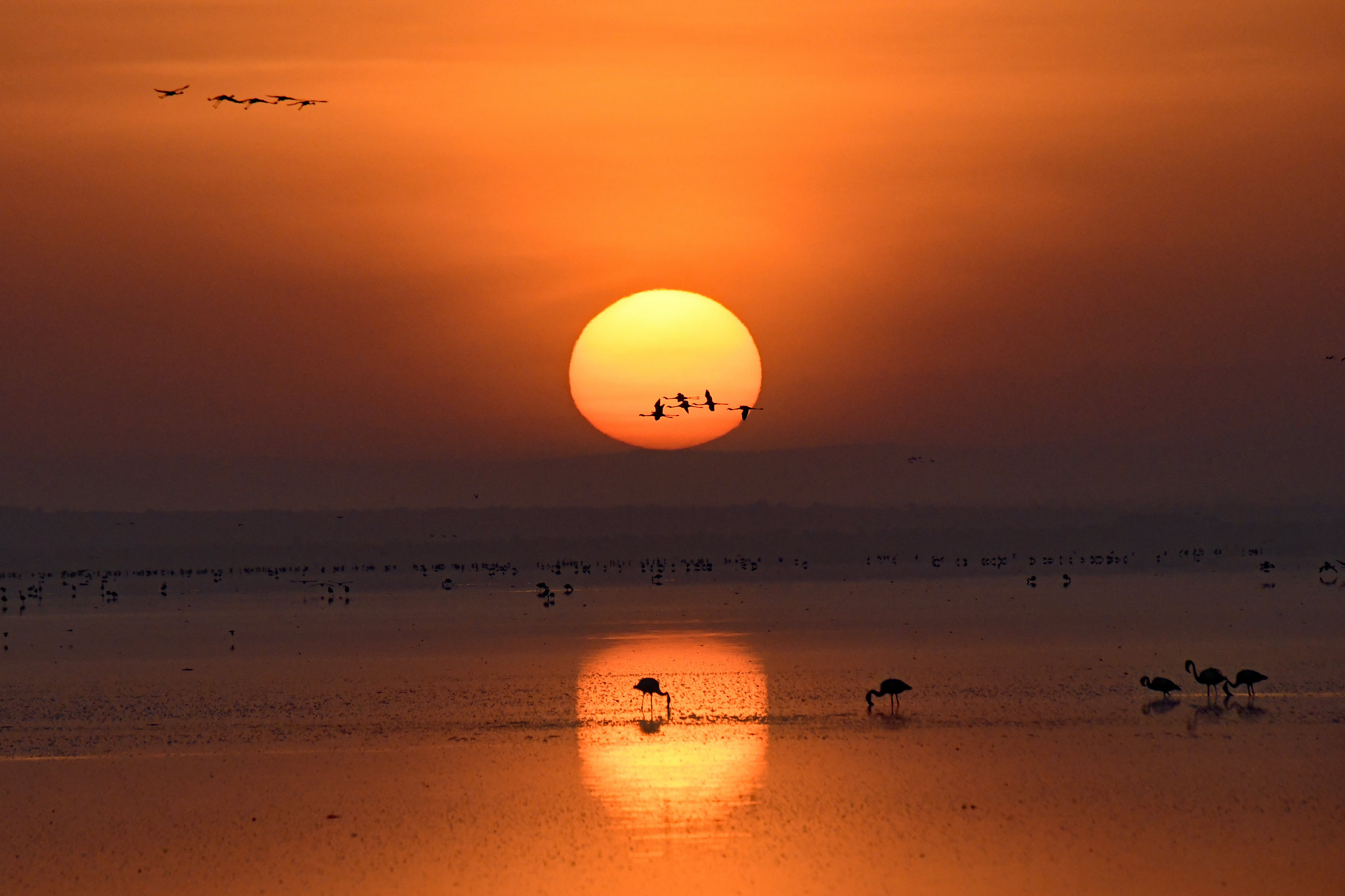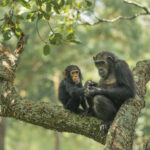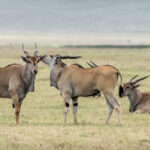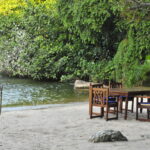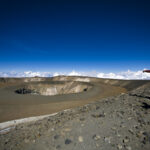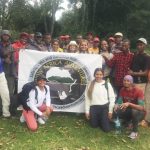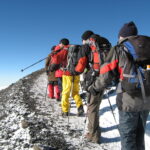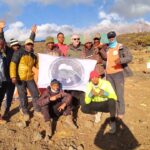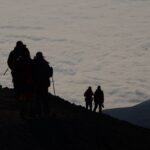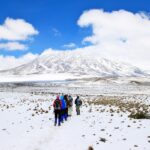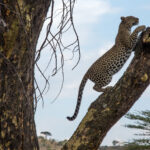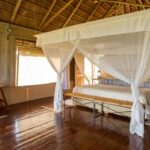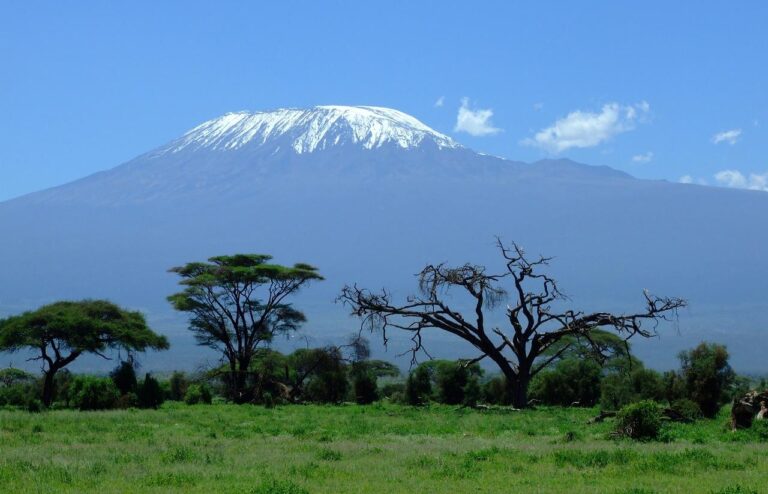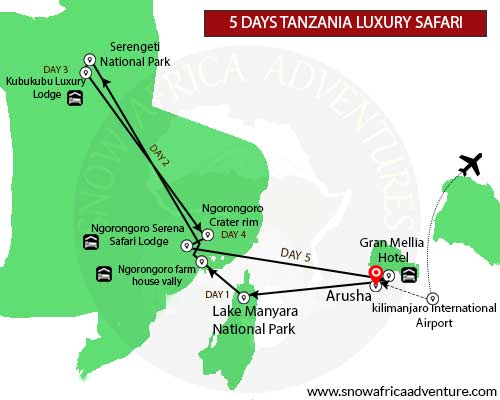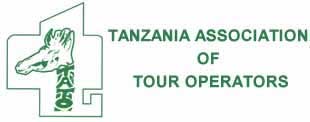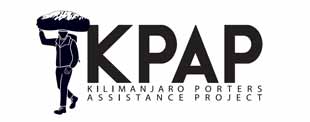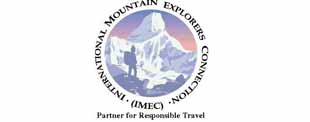The Ultimate Kilimanjaro Packing List: Don’t Forget These Essentials
Standing at 5,895 meters (19,341 feet) above sea level, Mount Kilimanjaro is not just a physical challenge but a test of preparation, endurance, and adaptability. This formidable adventure demands meticulous planning, starting with a well-crafted packing list. Your gear and clothing are your first line of defense against the unpredictable conditions of the Tanzanian highlands. Here’s an expanded and detailed guide to ensure you’re fully equipped for this incredible African odyssey.
I. Clothing: Layering for Success
When tackling Kilimanjaro, layering is the cornerstone of staying comfortable and protected against fluctuating temperatures. Each layer serves a specific purpose, from managing moisture to providing insulation and shielding you from harsh weather.
| Layer | Description | Recommended Items |
|---|---|---|
| Base Layer | Moisture-wicking for warm or active days | 2-3 Tops, 2 Bottoms (Merino Wool or Synthetic) |
| Mid-Layer | Insulating for cooler evenings | 1-2 Fleeces or Lightweight Insulators |
| Outer Layer | Waterproof & windproof for extreme weather | 1 Waterproof Jacket, 1 Pair Waterproof Pants |
| Footwear | Sturdy, waterproof hiking boots with ankle support | 1 Pair, plus Extra Wool or Synthetic Socks (4-5 pairs) |
| Accessories | Hats, gloves, scarves for temperature control | 1 Warm Hat, 1 Sun Hat, 1 Pair Insulated Gloves, 1 Buff/Scarf |
| Sleepwear | Comfortable, warm clothing for camp evenings | 1 Pair Fleece Pajamas or Thermal Wear |
Additional Tips:
- Pack lightweight, quick-drying fabrics to avoid carrying wet or heavy clothing.
- Ensure your hiking boots are well broken-in to prevent blisters or discomfort.
II. Gear: Your Mountain Allies
The right gear is essential for a successful climb. From sleeping equipment to navigation tools, each item ensures safety, comfort, and preparedness for the unique challenges of Kilimanjaro.
| Category | Essential Gear | Optional but Recommended |
|---|---|---|
| Sleeping | Sleeping Bag (-20°C/-4°F Rated), Sleeping Pad | Portable Camping Pillow, Silk Sleeping Bag Liner for Added Warmth |
| Lighting | Headlamp, Extra Batteries | Red Light Mode Headlamp for Night Vision |
| Hydration | Water Bottles or Hydration Bladder (3L Capacity), Water Purification Tablets/Filter | Collapsible Water Container |
| First Aid | Basic First Aid Kit, Altitude Sickness Medication | Personal Medications, Blister Care Kit |
| Navigation | Map, Compass, GPS Device | Trail Guidebook, Altimeter |
| Trekking Poles | Adjustable, Lightweight Poles | Anti-shock Poles |
| Weather Gear | Gaiters, Sunglasses (UV Protection), Sunscreen | Lip Balm with SPF, Windproof Face Mask |
Additional Tips:
- Waterproof your gear using dry sacks or plastic bags to prevent moisture damage.
- Test your equipment before the climb to ensure everything functions properly.
III. Personal Items: Comforts & Necessities
Climbing Kilimanjaro is as much a mental challenge as a physical one. Personal items can provide comfort and convenience during your journey.
| Item | Description |
|---|---|
| Travel Documents | Passport, Visa, Travel Insurance, Vaccination Records |
| Toiletries | Biodegradable Soap, Toothbrush, Toothpaste, Wet Wipes, Hand Sanitizer, Feminine Hygiene Products |
| Electronics | Smartphone, Portable Charger, Camera, Power Bank, Spare Memory Cards |
| Miscellaneous | Snacks (Energy Bars, Nuts, Dried Fruits), Reading Material, Emergency Whistle, Journal |
| Luxury Add-ons | Lightweight Binoculars, Packable Camp Chair, Small Thermos for Hot Drinks |
Additional Tips:
- Bring plenty of high-energy snacks to maintain strength during long hiking days.
- Wet wipes are invaluable for quick hygiene when water access is limited.
Packing Tips for the Savvy Climber
- Pack Light, Pack Smart: Aim for a maximum weight of 15kg (33lbs) for your main bag, as porters are limited to carrying this load. Keep your daypack manageable with essentials like water, snacks, and layers.
- Efficient Layering: Roll clothing to save space and reduce wrinkles. Use compression sacks for bulkier items like sleeping bags.
- Gear Protection: Waterproof bags or dry sacks are crucial for keeping electronics and sensitive items safe from moisture.
- Personal Hygiene: Regular handwashing and cleanliness are vital to preventing illness. Use biodegradable toiletries to minimize environmental impact.
- Prepare for Altitude: Familiarize yourself with symptoms of altitude sickness and pack necessary medications.
IV. Weather Considerations
Kilimanjaro’s weather is highly variable, ranging from tropical rainforests to Arctic-like summit conditions. Prepare for rain, wind, intense sun, and freezing nights by packing versatile clothing and gear.
- Rainforest Zone: Lightweight, breathable layers for warm and humid conditions.
- Moorland Zone: Insulating mid-layers to combat cooler temperatures and high winds.
- Summit Zone: Heavy-duty outer layers and accessories to withstand sub-zero temperatures and strong winds.
Final Words
With this Kilimanjaro Packing List, you’re equipped to tackle the challenges and marvels of Mount Kilimanjaro. Remember, flexibility and preparation are key. Weather conditions can be unpredictable, so adapt as needed and double-check your gear before departure. This Kilimanjaro Packing List will ensure you are ready for whatever the mountain throws your way. Make sure to go over the Kilimanjaro Packing List multiple times before your trip to ensure you haven’t overlooked any essentials.
A good Kilimanjaro Packing List is critical to your success on the mountain. From clothing to gear, every item on the Kilimanjaro Packing List has a purpose. While it’s tempting to pack too much, stick to the essentials in your Kilimanjaro Packing List to avoid carrying unnecessary weight. Ensure that your Kilimanjaro Packing List includes all the necessary clothing layers to handle the changing weather conditions. A well-thought-out Kilimanjaro Packing List will also include all the gear required for a safe and enjoyable climb.
Don’t forget to review your Kilimanjaro Packing List for personal items that will keep you comfortable throughout your journey. A complete Kilimanjaro Packing List includes everything from sleeping gear to hydration essentials. Be sure to pack a headlamp and extra batteries on your Kilimanjaro Packing List so you’re never left in the dark. Keep your Kilimanjaro Packing List in mind when organizing your luggage, as it helps streamline your preparations and reduces stress.
When packing for your adventure, ensure that your Kilimanjaro Packing List includes essential medications and first aid items. Check your Kilimanjaro Packing List for important documents such as your passport and travel insurance. Always cross-check your Kilimanjaro Packing List with the recommended items to ensure you’re fully prepared. With a detailed Kilimanjaro Packing List, you can focus on the experience without worrying about forgetting something important.
Your Kilimanjaro Packing List should be as compact and efficient as possible to ensure ease of travel. Make sure that your Kilimanjaro Packing List includes waterproof bags for your gear, protecting it from rain and moisture. A good Kilimanjaro Packing List helps you avoid overpacking while still having everything you need for the journey. As you pack for your trek, refer back to your Kilimanjaro Packing List to guarantee you have all the required equipment.
In conclusion, a well-organized Kilimanjaro Packing List is your key to a smooth and successful adventure. With this Kilimanjaro Packing List, you’re ready for an unforgettable journey up the Roof of Africa.


